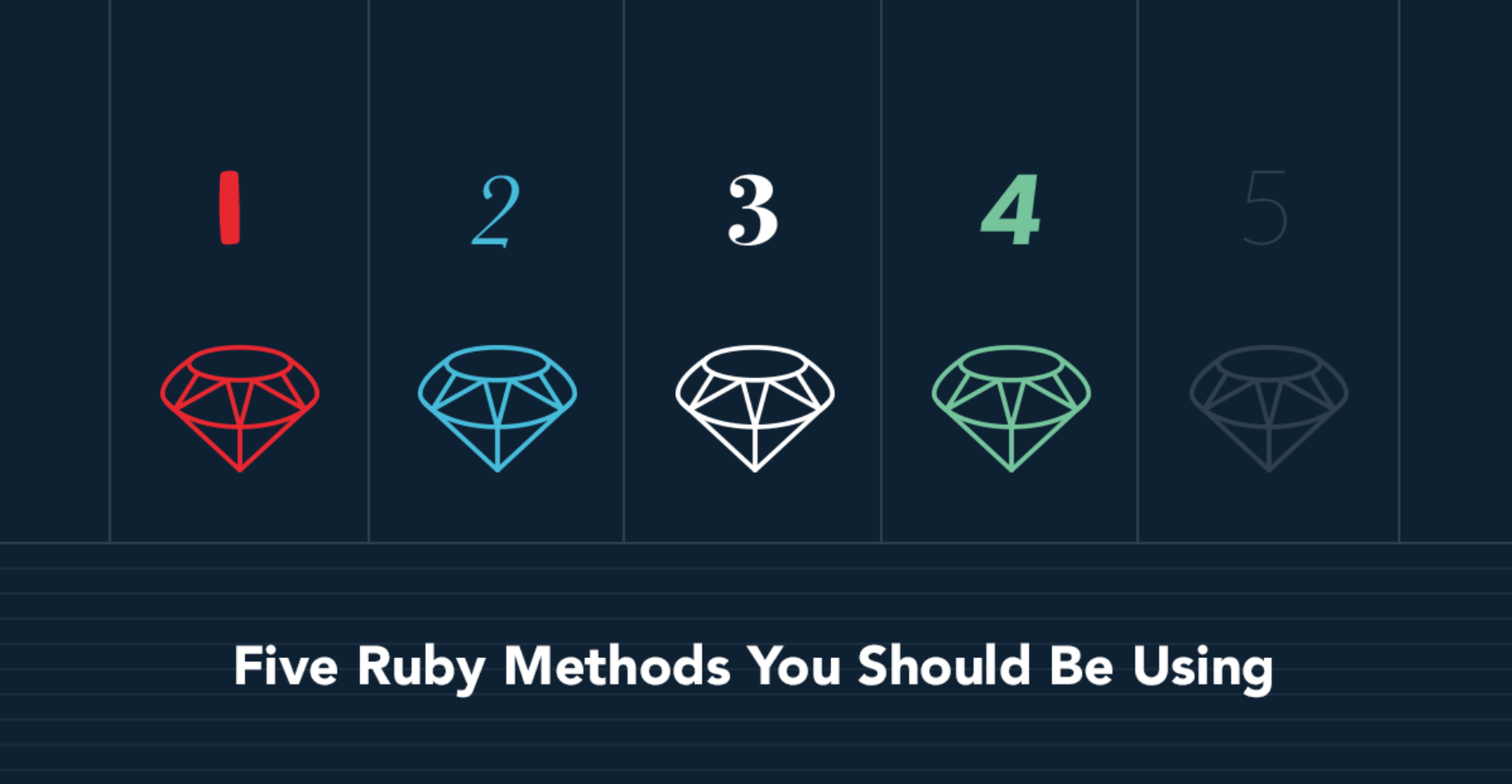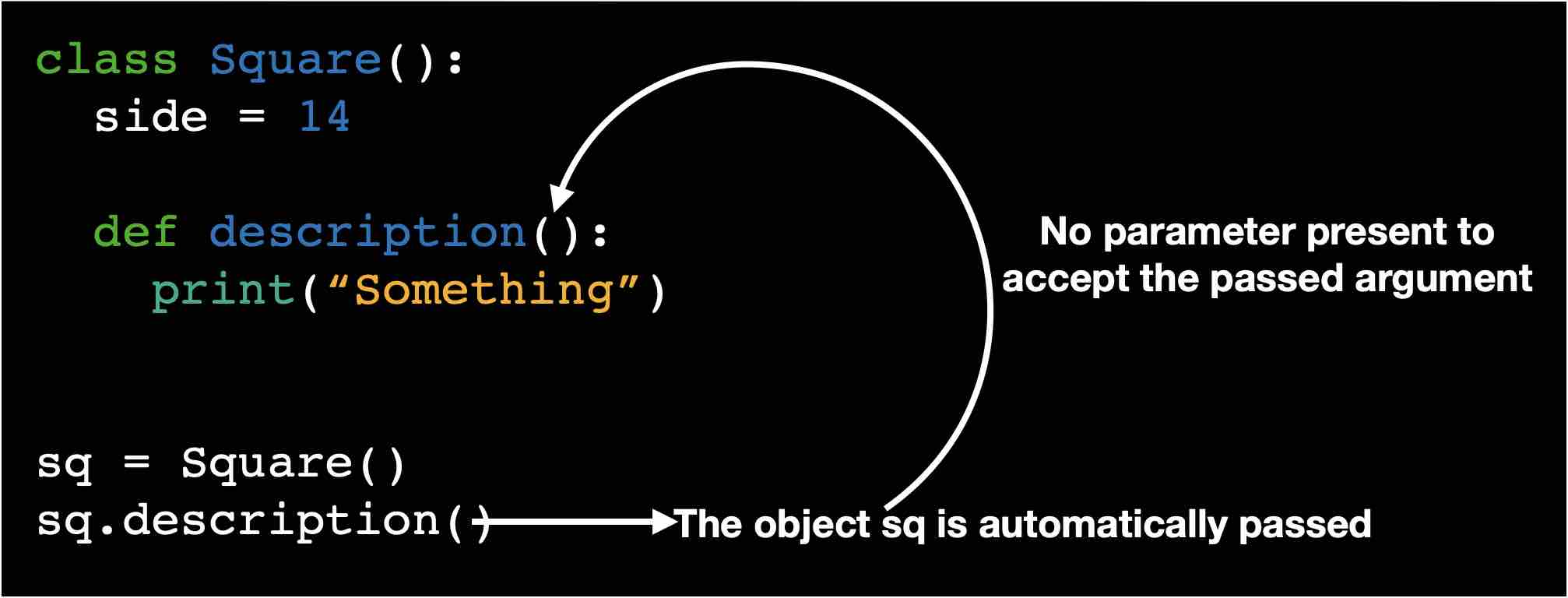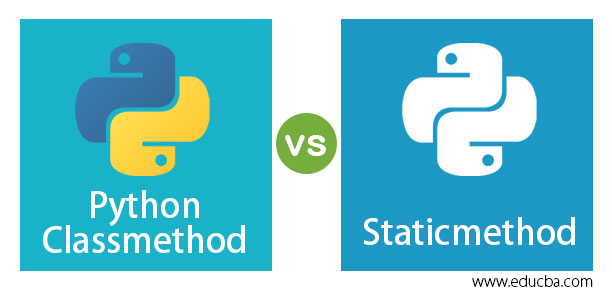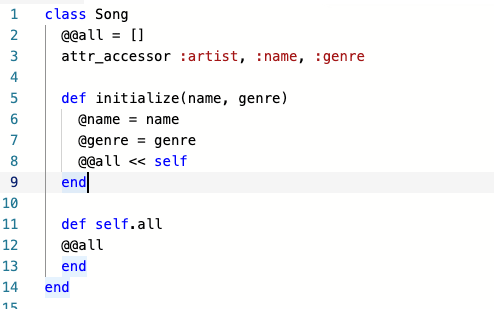ruby class method self
When defining methods classes and modules. Inside a method within a class self is the object of that class.

Differences Between Class And Instance Methods In Ruby Youtube
Class.

. They may be used to invoke the method within the object and as a block associated with an iterator. Theres always a self object at any point in the Ruby code. Here the self keyword refers to the entire class itself not to an instance of the class.
Outside of any classmodulemethod definitions self is a main object of the class Object. They may also be unbound from one object creating an UnboundMethod and bound to another. They may also be unbound from one object creating an UnboundMethod and bound to another.
With classes we construct complex models. In Ruby classes are objects too. Instance Method and Class Method in Ruby.
It was written using Ruby 231 although most conventions used throughout apply to the current stable version of Ruby at time to re-publishing 301 ruby modules include self archives. They may be used to invoke the method within the object and as a block associated with an iterator. In principle self appears obvious enough.
Inspect foo. Class-instance-methodrb class Author Instance method def name puts Self inside class instance method is. A foo class.
Self is a special variable that points to the object that owns the currently executing code. Instance Method and Class Method in Ruby Singleton Method in Ruby In Ruby OOP class. They may also be unbound from one object creating an UnboundMethod and bound to another.
In a class method using selfclass_var tells the object in this case a class to send itself the message class_var which depending on how the class is written can return class_var or. This post was originally published in December 2016. This matches normal Ruby method inheritance.
End def two a. Class C def one. They may be used to invoke the method within the object and as a block associated with an iterator.
For method and constant lookup. In such cases you dont want to do changes in place. In theory self is pretty obvious.
Self is used all over Ruby. Use a custom class. Inspect bar a foo new object new singleton class a.
Class Variable Class Methods and SELF in RUBY. Self Super and Module. Ruby uses self everwhere.
Def class_nameclass_method_name or selfclass_method_name some code end. Even primitive types such as numbers are classes. Method objects are created by Objectmethod and are associated with a particular object not just with a class.
For methods written in C returns -1 if the call takes a variable number of arguments. Yet in practice unexpected circumstances may occur that are difficult to resolve because of this so I wrote this article. Here we can access the above method there is no need to create objects of the Class as we can directly access it.
4 min read. Heres a quick overview of extend include and self as they pertain to modules in Ruby. Method objects are created by Objectmethod and are associated with a particular object not just with a class.
Self puts Selfclass inside class instance method is. Returns a nonnegative integer for methods that take a fixed number of arguments. Ow to answer the question.
Implement the initialize method and use fields. For Ruby methods that take a variable number of arguments returns -n-1 where n is the number of required arguments. And within a class but outside of any method self is the class object.
Its usually used to define class methods. They may also be unbound from one object creating an UnboundMethod and bound to another. In this case using just def name does the trick.
But we can create still more classes. Classes abound in Ruby. Remember in Ruby classes and modules are.
Here we can see that by passing hello as argument of private_class_method the Ahello class method becomes private. Method objects are created by Objectmethod and are associated with a particular object not just with a class. End def three a.
Both of them have pros and cons. For example as a variant of local variables method names and definitions and constant lookup. There are two standard approaches for defining class method in Ruby.
However you need to be aware when using class_attribute with mutable structures as Array or Hash. We will learn about the class. In Ruby defining a class instance method is as simple as excluding the self.
Think of writing an attribute on a subclass as overriding the reader method. These are conceptual units building blocks. So lets take a look at them and try to decide which style is better and why.
Object prefix within the method definition. In this case we are inside the class only not inside an. They may be used to invoke the method within the object and as a block associated with an iterator.
The first one is the def selfmethod lets call it Style 1 and the second one is the class. Method objects are created by Objectmethod and are associated with a particular object not just with a class. First the class.

Ruby Class Instance Methods Youtube

Vs Self In Ruby When I First Started Out With Object By Sydney Garay Medium

How To Make A Class In Python Code Example

Vs Self In Ruby When I First Started Out With Object By Sydney Garay Medium

What Is Self In Ruby How To Use It Explained Clearly

Python Classes And Objects Codesdope

How To Use The Ruby Alias Keyword Rubyguides

Analysis Of Init Instance Method Of Python Constructor Develop Paper

Python Advanced Source Code Analysis How To Change A Class Method Into Multiple Methods Develop Paper
Ruby Overriding Method By Another Defined In Module Stack Overflow

What Does Class Self Actually Do In Ruby Dev Community

Vs Self In Ruby When I First Started Out With Object By Sydney Garay Medium

Python Classmethod Vs Staticmethod Learn The Top Differences

Five Ruby Methods You Should Be Using Engineyard

What Does Class Self Actually Do In Ruby Dev Community

Python Advanced Source Code Analysis How To Change A Class Method Into Multiple Methods Develop Paper

Ruby Class Methods Vs Instance Methods Dev Community
